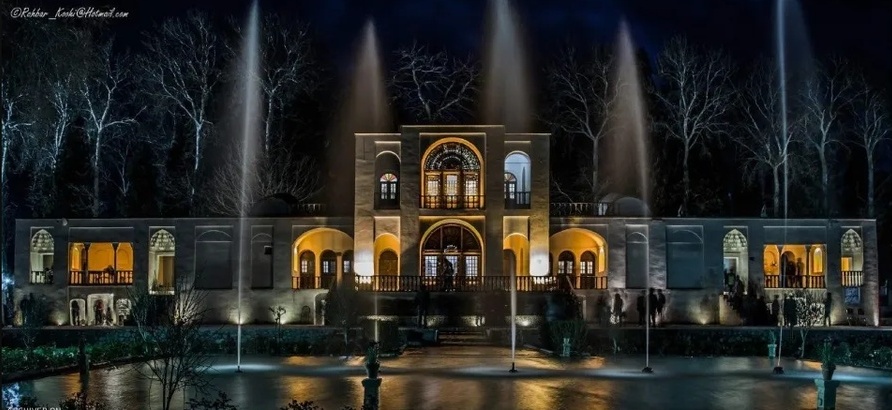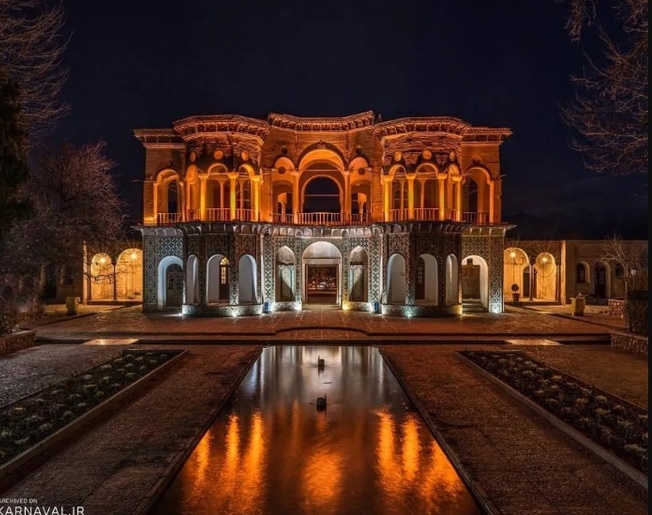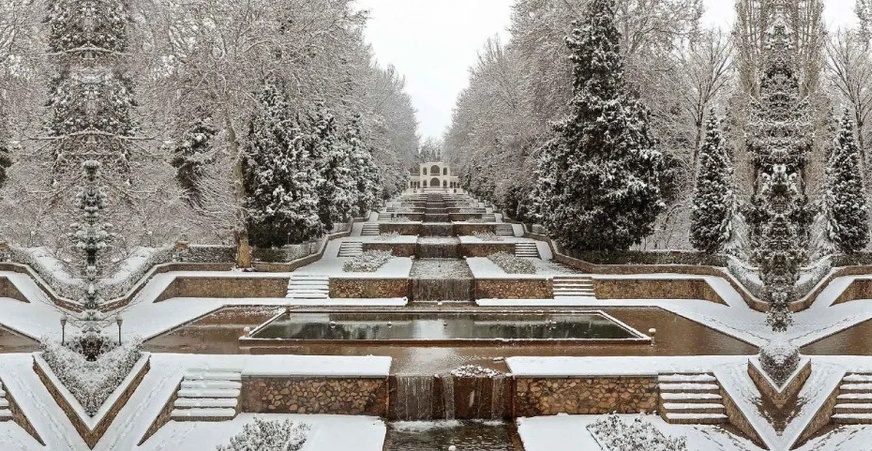SAEDNEWS: Shahzadeh Mahan Garden is the largest and most beautiful Persian garden.The presence of this lush garden in the heart of the desert makes it appear like a miracle and has amazed everyone.
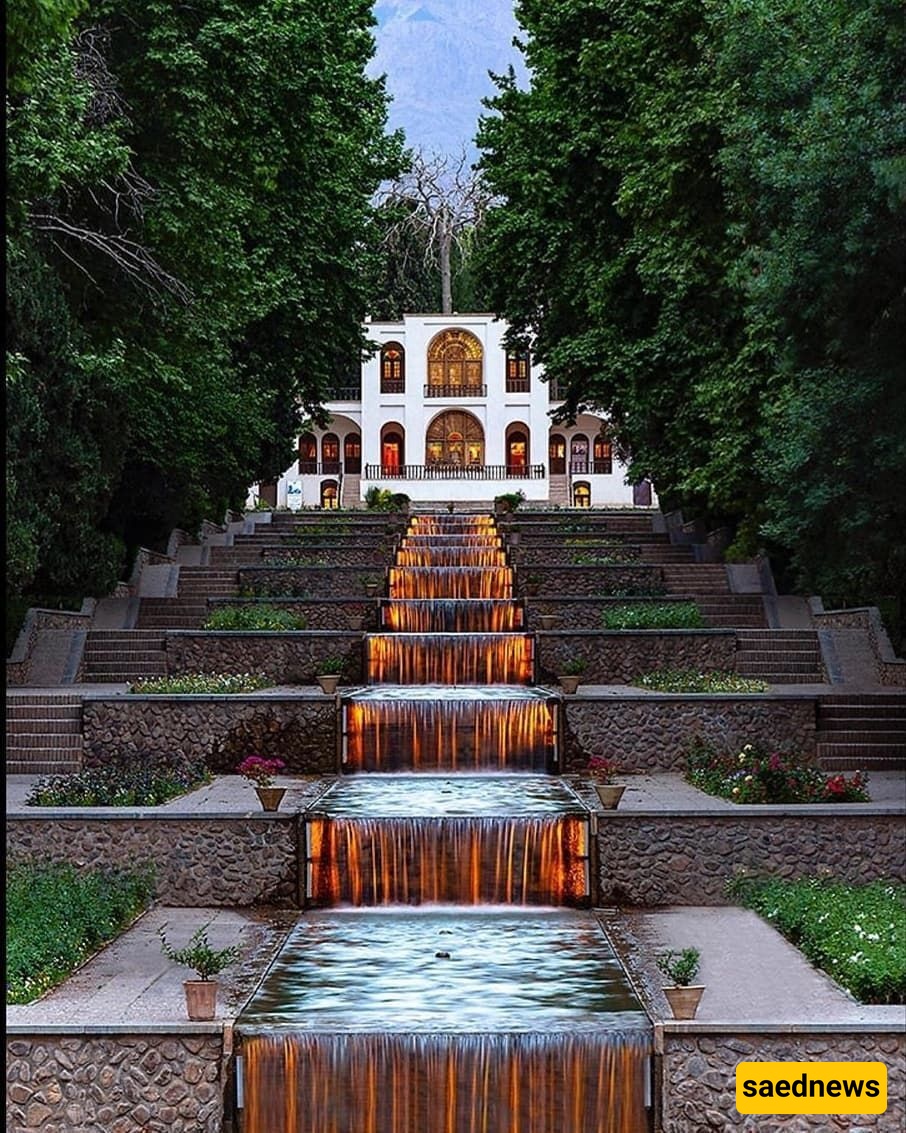
Not long ago, along the road from Kerman to Bam and on the path of the ancient Silk Road, the best place to build a royal garden seemed to appear; a garden that later became famous as Shazdeh Garden. Today, this garden still stands, showcasing its magnificence and beauty in the heart of the desert to every passerby, shining like a jewel on the ring of Kerman’s desert land. Fertile soil, sufficient sunlight, a gentle breeze, and access to water were the reasons that made such a miracle possible and enabled Iranian architects to create such a unique masterpiece. You are faced with a garden whose existence in this location seems somewhat unlikely; yet Shazdeh Mahan, with its towering trees and murmuring streams, overturns all assumptions and makes you feel as though you have entered another world.
Today, this breathtaking garden, in addition to preserving its historical and architectural values, has become a resort that includes facilities such as a hotel and a restaurant. The fame and popularity of this garden are so great that many people prefer to celebrate the beginning of the year there and create a different start for their year. Foreign tourists also never miss the chance to visit this masterpiece when traveling to Iran and spend unforgettable moments in this global heritage site of Iran.
The stunning beauty of this garden and its architectural value led to its registration on November 5, 1974, under number 1012 in the list of Iran’s national heritage. With its recognition on the international level on July 21, 2011, along with 11 other Persian gardens, it was inscribed on UNESCO’s World Heritage List. Its information has also been translated into 35 languages by UNESCO and placed on the UNESCO tourism map.
Next, we will tell you what destiny this garden has had and why it has reached such popularity.
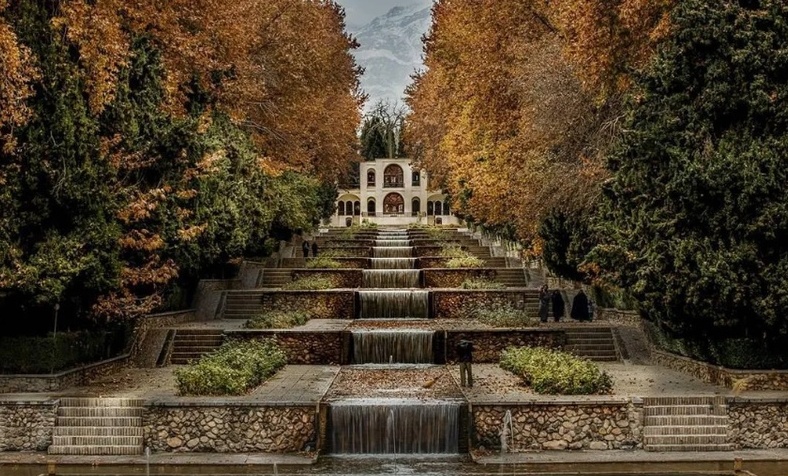
Shazdeh Garden contains a collection of structures that together display the splendor of Persian architecture. Below, we introduce each part of this complex:
At the lower part of the garden and before the entrance area stands a building known as the “Sardar-Khaneh”; a two-story structure that occupies the entrance of the garden and acts as an intermediary between the dryness of the desert and the greenery of the garden. After passing through the entrance corridor, you enter a small enclosed vestibule on the ground floor of the pavilion. Pausing in this vestibule before stepping into the delightful space of Shazdeh Garden prepares you for the breathtaking view of the garden. The entrance gateway, like a picture frame, presents an image of this masterpiece before your eyes, and standing under its arch you will see a panorama of the garden, the main building, and the pools and fountains that might create the most beautiful image in your mind. A scene of dancing waterfalls and fountains with the background of the heights and the snow-capped peak of Joupâr. After this, the overall shape of the garden appears to you: the central passage, waterfalls, walkways, orderly rows of trees, sloped levels, central terraces, and orchards or fruit plots, until finally, the white building of the upper residence reveals itself.
The entrance gate, 3 meters high, is located within the Sardar-Khaneh. After passing through this gateway and a transitional space, you are led into the garden, where you will see stairways leading to the side rooms.
This building functioned both as an entrance and, due to the presence of rooms on its upper floor, as a residence and a viewing pavilion (a place to watch the scenery). It is also worth noting that, in addition to this main entrance, other paths exist to enter the garden, serving as secondary entrances located on the two longitudinal sides of the complex.
What draws the attention of visitors to this building is the absence of three tiles on the decorated arch. These missing pieces might disturb your mind a little; however, there is a very interesting story behind them. It is said that the owner of the garden’s buildings inflicted much oppression and injustice upon the people. When the architect of the entrance gate was busy completing it, he was informed of the death of Prince Abdolhamid Mirza Naseroddoleh (the maternal grandson of Naser al-Din Shah). Overcome with joy, he smashed the plaster bowl he was holding against the wall, abandoned his work, and fled the site. Today, these empty spaces remain as a memorial to a historical incident that has been preserved on the entrance of Shazdeh Garden.
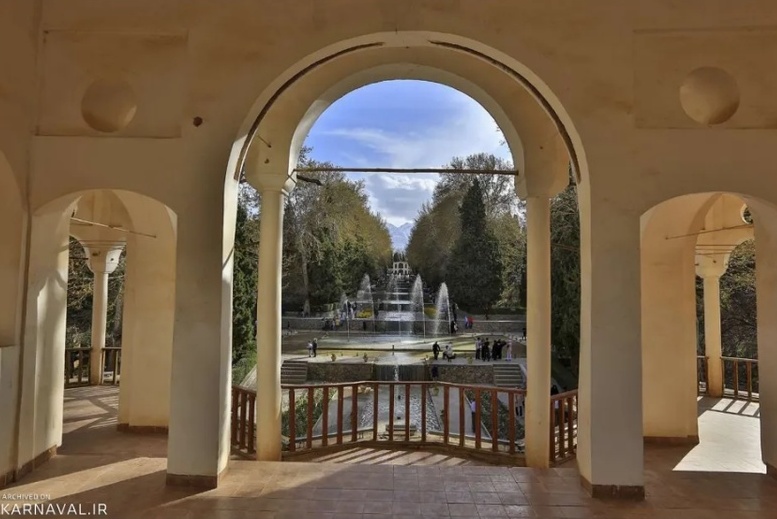
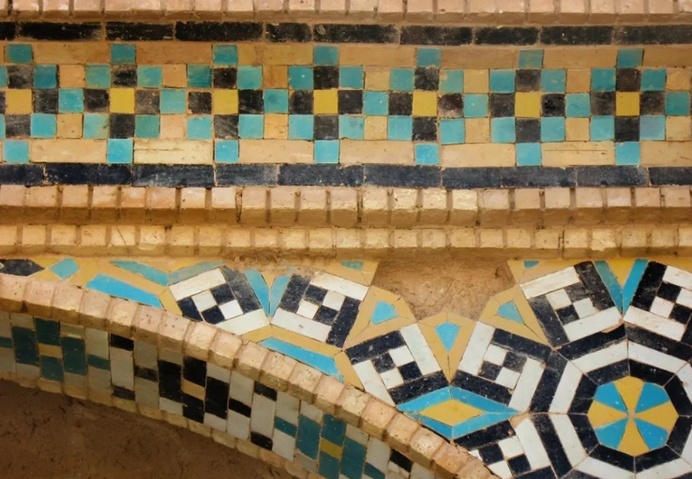
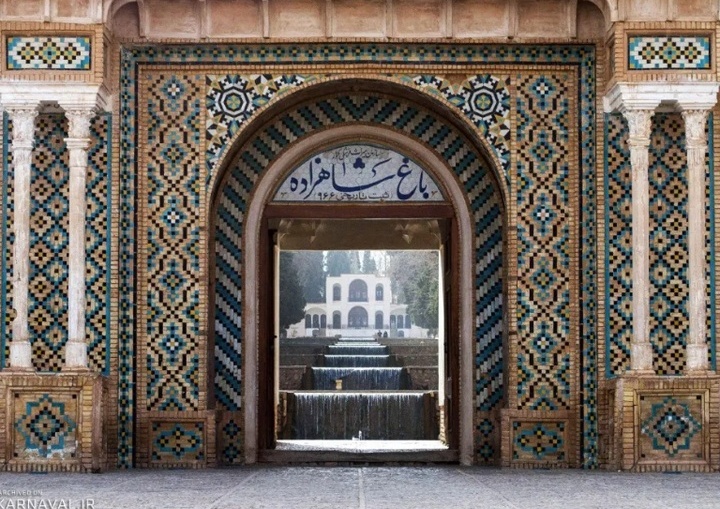
At the highest part of the complex lies a structure known as the Shah-Neshin mansion, or the Upper Mansion, or the main pavilion, which served as the permanent or seasonal residence of the owner. To reach this building, one must walk over the courtyard surface, paved with a mixture of cobblestones and cement mortar. In the middle of the garden, one reaches the first wide terrace level, which has a platform at its center; this platform is located right in front of the entrance to the Upper Mansion and leads via an internal staircase to the second floor of the mansion.
This building is situated at the end of the main passage of the garden and at the highest point of the complex. The Upper Mansion of Shazdeh Garden is the only building of the complex constructed apart from the main wall of the garden. Standing on the balcony of the Upper Mansion and gazing at the garden imprints an unforgettable image in your mind.
A large pool with five fountains is located in front of the mansion, its water flowing into a stone basin and continuing its path as ten waterfall-like cascades.
Currently, a restaurant is operating inside this building, managed by the private sector.
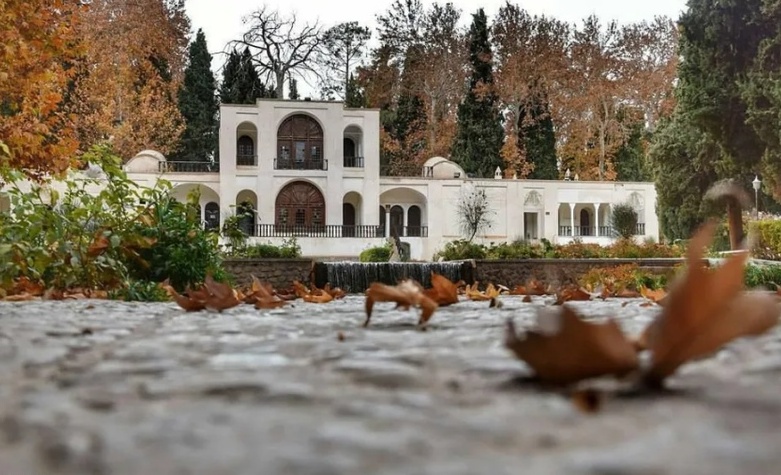
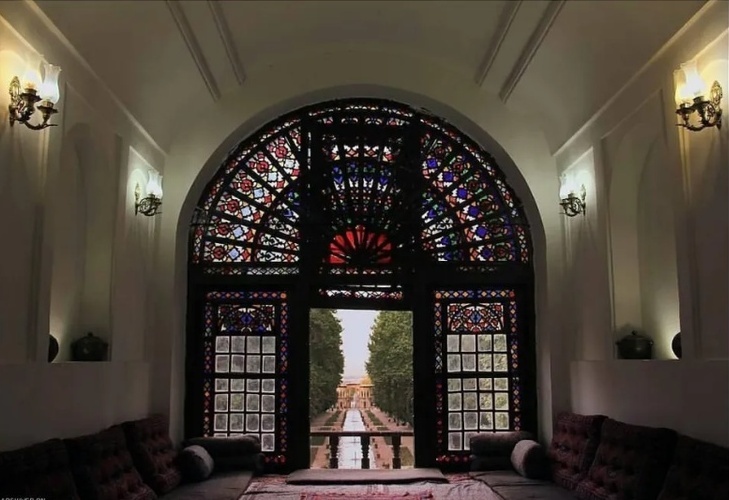
There are differences in the structure of Shazdeh Garden compared to other Iranian gardens, one of which is the presence of a section of the garden behind the Upper Mansion. This area allowed the garden’s residents to enjoy a more private space, separate from the main garden. In this space, known as the Private Garden, fruit orchards, shaded pathways, and walkways parallel to the Upper Mansion can be found. After the water enters the waterways of the Private Garden, it flows on both sides into the main garden’s waterways.
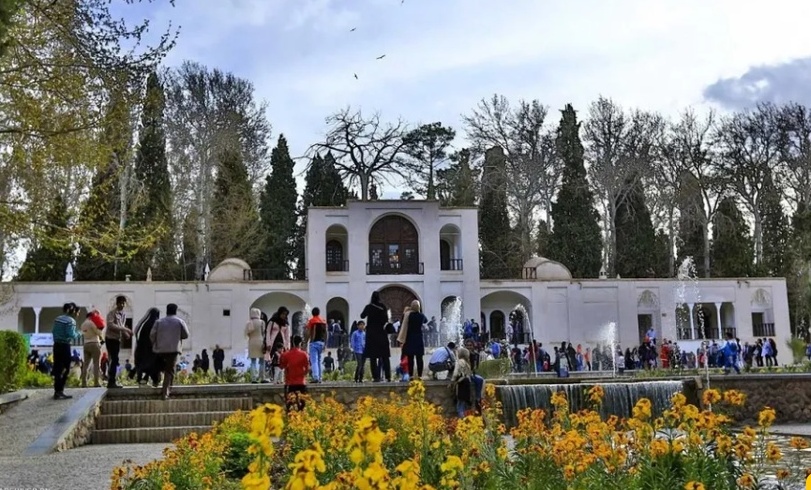
At the upper part of the garden and behind the surrounding wall lies the bathhouse of the complex, which includes several interconnected spaces of various sizes. The interior spaces of the bathhouse are adorned with domes and arches and are not devoid of architectural elements.
The House of Za’im-Bashi refers to the residence of the Za’im-Bashi—the chief guardian of the garden—and part of it faces the back of the Upper Mansion. Due to its deeper structure compared to the other surrounding rooms of the garden, this building protrudes the most beyond the wall of the complex. It is located above the bathhouse and is separated from it by the cylindrical watchtower. The ends of the watchtowers connect with a narrow and wide flat surface leading to both sides of the entrance gate.
Shazdeh Garden is an example of Iranian terraced gardens; gardens with a flat and stepped structure that have their own unique architecture. This garden was built on land measuring 407 by 122 meters, extending over an area of 7.5 hectares, and is separated from the outside space by a tall fence. Upon entering, the beauty of the garden’s unique entrance will immerse you completely, and perhaps it is this captivating portal that distinguishes Shazdeh Mahan from its counterparts.
Gardens in the Qajar era were built as hunting grounds, orchards, fortress gardens, and residential gardens. Among them, Shazdeh Garden was formed as a residential and recreational space. The presence of two large enclosed areas with wooden railings in front of the two important buildings of the garden, namely the entrance gatehouse and the residential upper mansion, confirms its residential function.
This complex was constructed using architectural elements and building techniques in such a way that it could provide the residents with maximum enjoyment of both the internal and external sceneries. For example, from the upper floor of the entrance gate, one can admire the striking beauty of the garden on one side and enjoy the view of the mountains on the other.
Apart from the beauty of the garden, we also see pavilions or mansions in the east and west of the garden that were built as two-story structures and benefited from Iranian architectural elements.
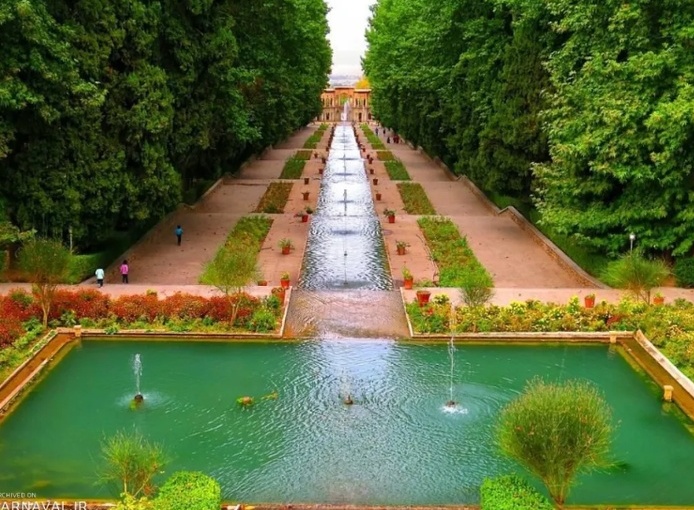
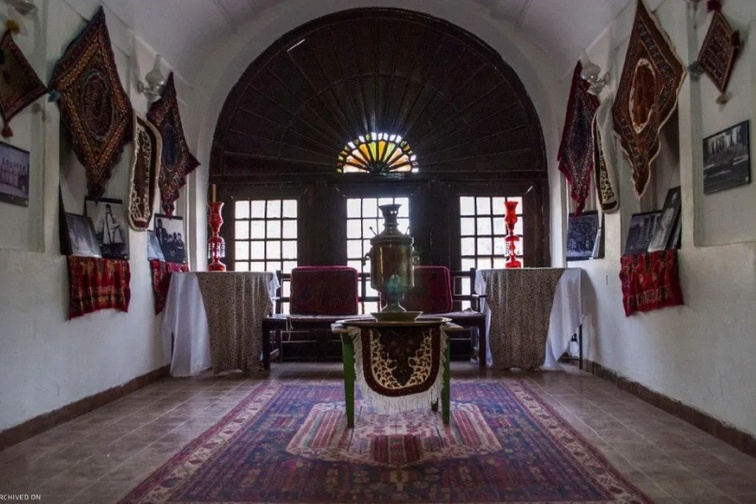
The essential requirement for the creation of this garden was water. For this reason, let us take a look at the water supply system of the garden to see where the builders obtained this vital resource and how they distributed it throughout the garden to maintain its greenery.
The water in Shazdeh Garden is supplied from the qanat and the Tigran River, which originates from the snow of the heights of Mount Jopar. This water enters from the highest part of the garden and flows through an astonishing distribution and irrigation system.
One of the prominent characteristics of an Iranian garden is the use of the slope of the land to direct water, a technique that clever and artistic architects also applied in Shazdeh Garden. The existing slope in the garden causes the water to flow from top to bottom in the form of a stream. Thus, the stream of water continues from in front of the upper mansion down to the entrance gate, with two large pools or ponds seen on both sides. After exiting the lowest part of the garden, this water enters channels known as "Chaharbagh" and continues its path toward a village called Maqsem Tigran near Mahan to irrigate gardens and farmlands.

The fountains of the garden are very ingeniously built and operate solely based on the difference in elevation, the use of slope, and without any external force. In this system, jars were used, which, when connected to each other, could function like building pipes. The flowing water of the garden runs through these jars until it reaches one that acts like an elbow in today’s plumbing systems, and from there it gushes outward.
There are many of these fountains in Shazdeh Garden, and few gardens can be found that contain such a large number of fountains. Interestingly, the type of fountains in the two main pools of the garden is rarely seen in Iranian gardens and most likely their construction was influenced by knowledge of European gardens and springs.
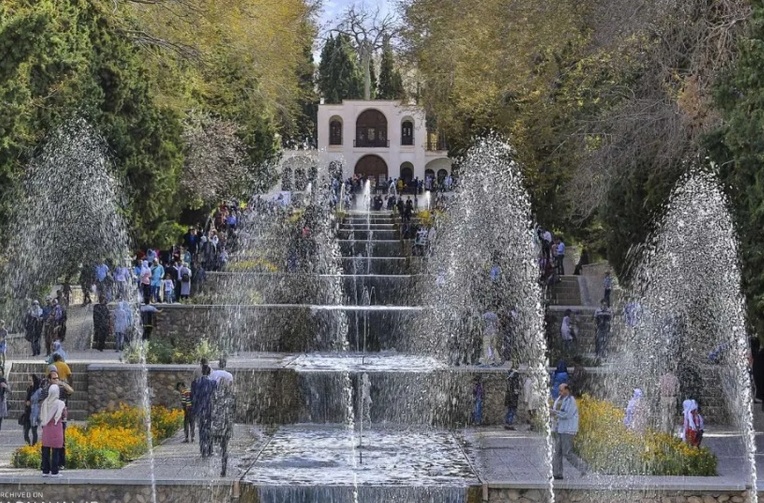
Restaurant with free internet access
Guesthouse
Booths for selling souvenirs, various kilims, and carpets
Restrooms
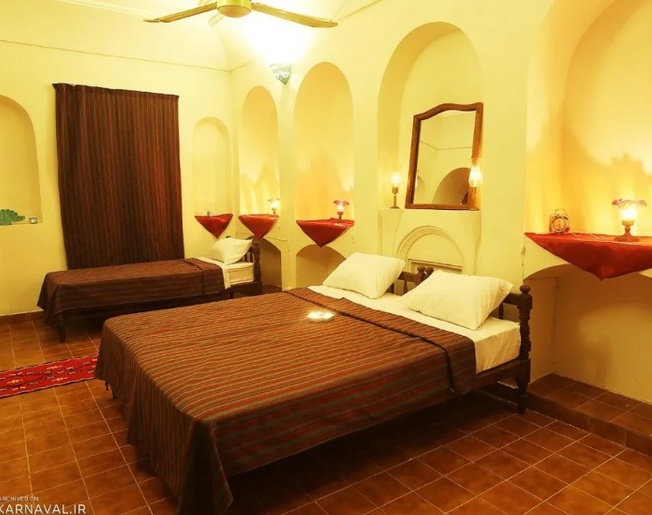
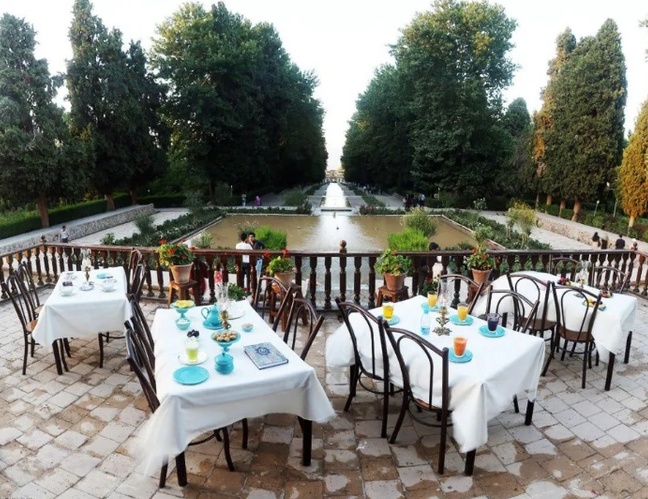
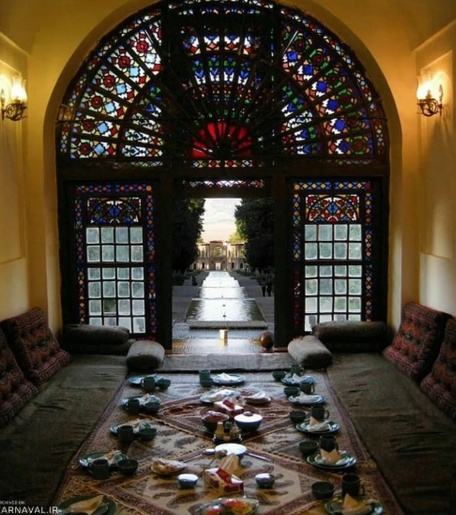
The creation of Mahan Prince Garden dates back to the Qajar era. This spectacular garden was initially constructed in 1276 AH by the order of Mohammad Hasan Khan – Sardār Iravāni, the then governor of Kerman. The building inside the garden was built during the reign of Abdolhamid Mirza Nāserodolleh (the maternal grandson of Naser al-Din Shah) over Kerman, during his eleven-year rule from 1298 AH to 1309 AH. Upon his death, the building remained unfinished.
Over various periods, due to changes in political and social circumstances, the Prince Garden fell into abandonment and suffered extensive damage, but it endured all these hardships. In the 1970s, the garden was purchased from private owners by the Cultural Heritage Organization of the time and was restored in 1357 SH. During the 1360 SH earthquake, the garden suffered further damage, which was repaired on the eve of the Khajouyi Kermani Congress, and it has been maintained and preserved up to the present day.
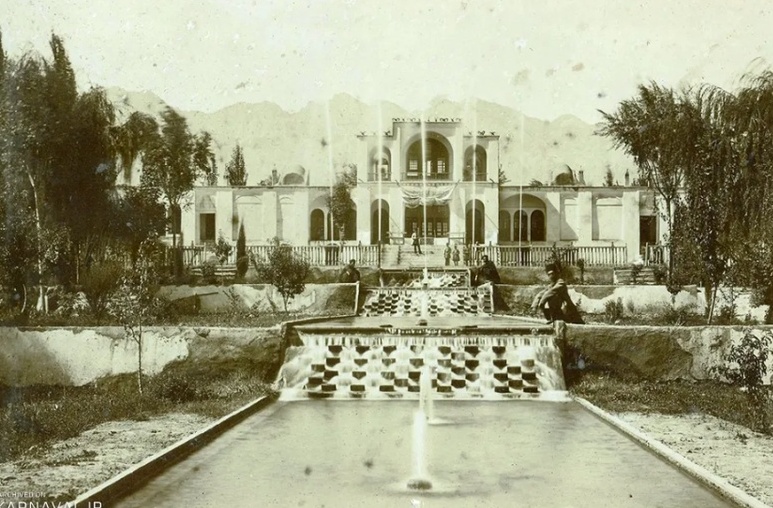
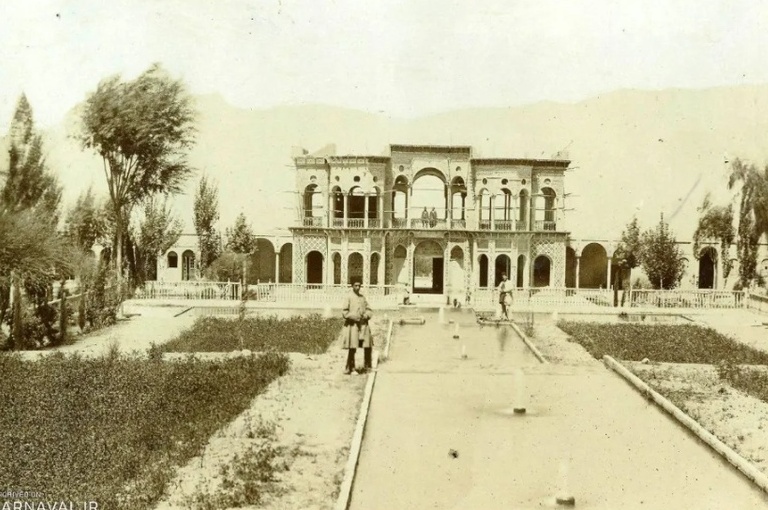
There are tales about the owner of this building, Abdolhamid Mirza Nāserodolleh, which mostly speak of the prince’s tyranny and cruelty. One of these stories states:
During the construction of the Prince Garden, a large stone blocked the workers’ way, and no one could manage to break it. The prince forced them to find a solution for this task, and the workers told him that only one person could accomplish it and brought that person before the prince. Seeing a frail and thin individual, the prince became angry, thinking the workers were mocking him. However, it was explained to him that this person had what is called “salty eyes,” which could even affect stones. The individual asked the prince not to interfere with him after he casts his gaze on the stone, and the prince agreed. When the person circled the stone and cast his gaze upon it, softening it, the prince ordered that his eyes be removed to protect him from the effects of his own “salty gaze.”
